The Artisans Cup exists for you, bonsai community, to put American Bonsai on display
WHAT KIND OF TREES ARE YOU LOOKING FOR?
Any and all bonsai trees are welcome for submission. The goal of The Artisans Cup is to celebrate and accurately represent the bonsai movement in North America in all of its shapes, sizes, and skill levels. If you have a tree, we’d be thrilled to see it.
ARE TRADITIONAL JAPANESE-STYLE TREES PERMITTED, OR WILL YOU ONLY ACCEPT AMERICAN BONSAI?
Yes, Japanese- and even European-style bonsai is welcome. Our focus on the American bonsai movement is primarily based on location (bonsai that is being done in America) rather than a particular style.
I’M FAIRLY NEW AT THIS. CAN I SUBMIT A TREE, OR IS THIS FOR PROFESSIONALS ONLY?
Yes, please submit your trees! You might be surprised. And keep in mind: the very nature of bonsai is that a tree is never “finished” – it is a living, breathing thing that will evolve for (hopefully) hundreds or thousands of years. We love seeing bonsai at all stages.
WHAT HAPPENS IF MY TREE ISN’T SELECTED?
We’ll notify you personally by email in a timely manner to let you know. The beautiful thing about submitting is that even if your tree isn’t selected, you’ll have the option (for a small fee) of receiving a rationale for the decision from our jury. Our hope is that this can provide valuable insight into how you might improve your practice and work toward having award-winning trees in the future. Plus, you’ll have access to detailed critiques of exhibition trees from our judges after the event closes.
I’D LOVE TO SUBMIT BUT I CAN’T AFFORD ALL THE COSTS INVOLVED. WHAT ARE MY OPTIONS?
We hear you: bonsai can be a costly endeavor. We’ve seen a number of cases in which local bonsai clubs have supported artists by covering the $250 entry fee and $200 round-trip transportation fee for using the Artisans Cup truck. This is a fantastic opportunity for clubs to feature bright artists in their communities, and for artists to make a big leap by having their trees shown. If you’re an artist, we encourage you to reach out to local organizations. If you’re a club, please consider organizing some funds to support artists in your community.
I HAVE SOME TREES AND I THINK THEY’RE UP TO SNUFF. WHAT DO I GAIN FROM ENTERING?
Well, first there’s the prizes. First, second, and third prizes are $10,000, $5,000, and $3,000 respectively: Nothing to sneeze at. But there is far more at stake than money or placement. Bonsai in the United States has been hungry for a venue and show that presents bonsai as a respected art form. The Artisans Cup is that event. It promises to offer the ultimate proving ground for serious practitioners to show their best and carve a unique niche in the art canon for bonsai in the United States.
CAN YOU EXPLAIN MORE ABOUT THE “INTENTION ESSAY” IN THE EXHIBITOR FORM?
Bonsai artists and patrons alike have definitive reasons bonsai appeals to them. This is your chance to tell the jury and the judges what those reasons are for you. If you created the tree yourself, why did you make the stylistic decisions you made? If you purchased the tree styled or hired a professional to style it, what about the tree do you find inspiring? What do you identify with on a personal level? We’ve included some sample essays for reference:
ESSAY 1:
When I bought the tree it was an informal upright. I thought the best course to bring out the best of the tree would be to develop it as a cascade.I started the process about five years ago while getting suggestions from artists along the way. My goal for a my trees is to use their basic form to create a living sculpture.
ESSAY 2:
This tree represents the resilience of plants in nature. It was grown from seed and trained in a field as a formal upright. During work on other trees, it was accidentally run over, giving the tree its present angle. The original trainer thought the tree would die but it didn't and has thrived. During its training, a bonsai "master" recommended the removal of all of the dead bark from the trunk. This caused a very unsightly front and the challenge of this tree was to distract from the bare front. This was achieved by extensive wood carving, repetitive burning with a flame and allowing full sun exposure. The final distraction was achieved by bringing the extensive foliage on the back forward to cover the upper 1/2 of the trunk. The final composition was meant to be light and airy and express a more natural appearance avoiding the prim and "perfect" pad foliage structure often seen on Junipers.
ESSAY 3:
Rather than just being a substitute for the earth the container is the artistic mechanism, the human element that stages the drama of bonsai. As a sculptor I am inspired by visual relationships in nature especially where they intersect with the manmade. Architectural space is a perfect example of this intersection. I relate to the power of elemental forms and the simplest primal shapes that have evolved as archetypal symbols. In this tree, rather than attempting to imitate nature I wanted to reference the abstract almost architectural setting of a lone tree taken root at the foot of a high butte. Frequent trips to the Southwest inspired this modular site that was made for this specific tree.
YOU ASK FOR PHOTOS OF MY TREES. DO THEY NEED TO BE PROFESSIONAL PHOTOS?
Not at all. We just want to be able to see the tree from all angles in order to evaluate it against our rubric for acceptance to the exhibition. Our decision will not in any way be swayed by or based on the quality of the photos, so don’t let that be an obstacle to submitting your tree(s).
HOW WILL YOU ANNOUNCE WHAT TREES HAVE (OR HAVEN’T) BEEN ACCEPTED?
Both will be notified individually by email after submissions end. Submissions that have been accepted will receive an email congratulating them on their acceptance and notifying them of further details. They will also receive a physical acceptance packet in the mail with relevant details and materials in preparation for the event. Submissions that have not been accepted will receive a personalized email notifying them of the decision not to accept the tree. If desired, an option will be available for a small fee to receive a rationale for the decision and an explanation of how to achieve an acceptable submission in the future.
CAN YOU EXPLAIN THE JURY PROCESS?
Bonsai Professionals Ryan Neil and Mike Hagedorn have a broad exposure to bonsai in all its forms around the world. As jurors, they will apply their experience to evaluating all bonsai submissions and choose the bonsai that represent the quality, artistry, and craftsmanship that make bonsai a beautiful art form. Together, Mike and Ryan will select the trees that best represent the caliber and diversity of bonsai across North America.
HOW WILL TREES BE JUDGED AT THE EXHIBITION?
We are currently finalizing our judging rubric, which will be posted to our website in full once finished. Our five judges will use this rubric to judge all trees at the exhibition.
I LIVE IN CALIFORNIA WHERE THE PHYTOSANITARY STANDARDS ARE SUPER RESTRICTIVE. HOW WOULD I BE ABLE TO SHOW A TREE IN THE ARTISANS CUP AND GET IT BACK ACROSS THE STATE BORDER?
All trees from California being transported on The Artisans Cup truck will be inspected and approved for re-entry before leaving California. The certifications will stay with the tree when it is shipped back. Bob Shimon is the point of contact on this issue.
IF I PURCHASE BONSAI/PLANT MATERIAL FROM THE VENDORS, CAN I TAKE THEM BACK TO CALIFORNIA?
An agricultural inspector will be present in the vendor area to inspect and certify any purchased material destined for California.
